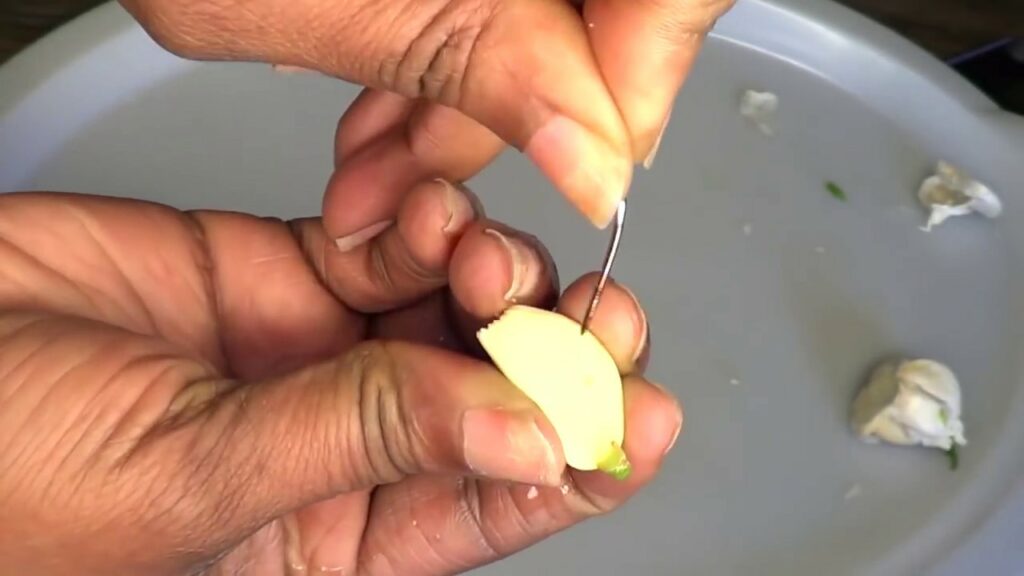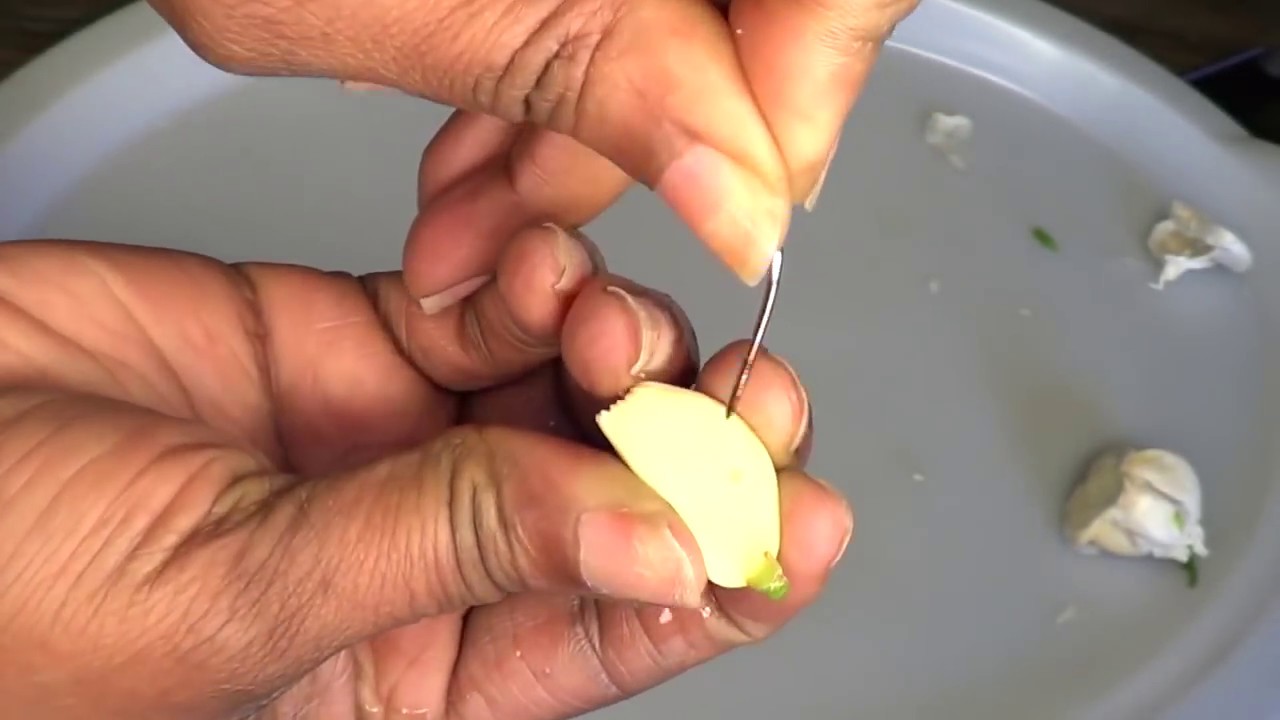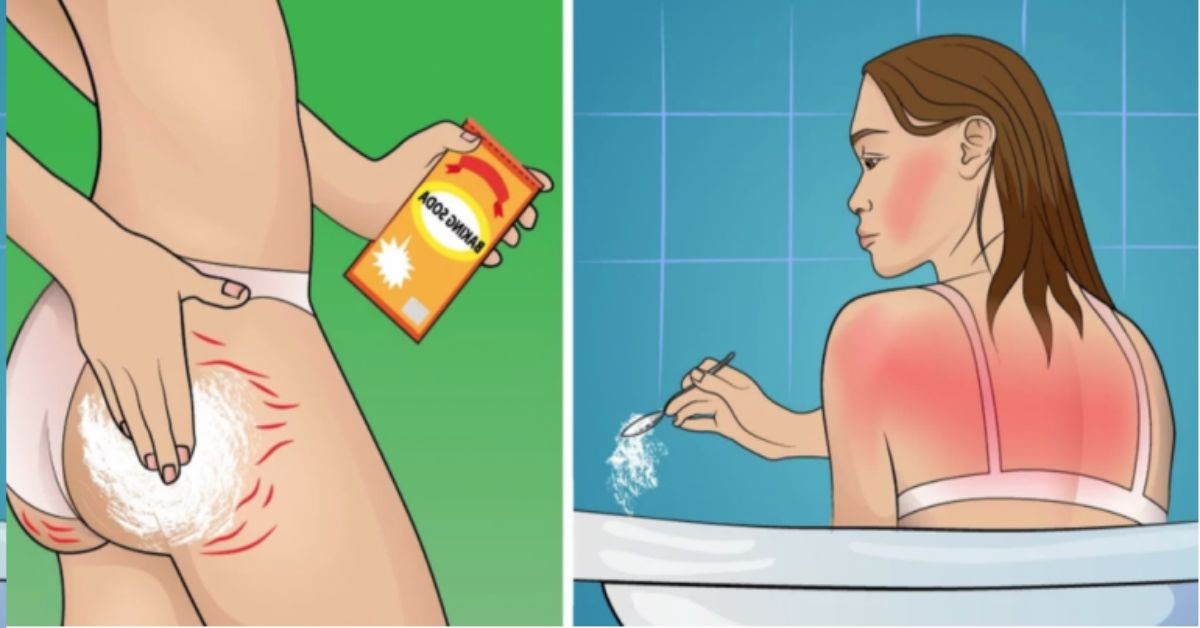
Garlic is a powerful natural remedy with potent antifungal properties that can effectively help treat yeast infections. Yeast infections, often caused by the overgrowth of Candida, can be uncomfortable and persistent. If you’re looking for a natural way to combat a yeast infection, garlic could be the solution. Here’s how to use garlic to get rid of yeast in just three days.
Why Garlic Works Against Yeast Infections
Antifungal Properties: Garlic contains allicin, a compound known for its strong antifungal and antimicrobial properties. Allicin can help inhibit the growth of Candida and other fungi that cause yeast infections.
Anti-Inflammatory Effects: Garlic also has anti-inflammatory properties that can reduce irritation and swelling associated with yeast infections, providing relief from symptoms like itching and burning.
How to Use Garlic to Treat Yeast Infections
Method 1: Garlic Clove Insertion
Ingredients:
-
1-2 fresh garlic cloves
-
Sterile gauze or cotton thread (optional)
Instructions:
-
Prepare the Garlic Clove:
-
Peel 1-2 fresh garlic cloves. You can leave the clove whole, but for a more potent effect, make a few small cuts on the surface of the clove to release the allicin.
-
If desired, you can wrap the garlic clove in sterile gauze or tie a piece of cotton thread around it for easier removal.
-
-
Insertion:
-
Before bedtime, gently insert the garlic clove into the vagina. Make sure it’s placed deep enough to stay in place overnight but not so far that it’s difficult to remove.
-
-
Remove in the Morning:
-
In the morning, remove the garlic clove. If you used gauze or thread, it should be easy to pull out. If not, you may need to gently push it out.
-
-
Repeat:
-
Repeat this process for 2-3 nights. Most women notice significant improvement in their symptoms after the first night, with the infection often clearing up completely within three days.
-
Method 2: Garlic Paste Application
Ingredients:
-
2-3 fresh garlic cloves
-
1 tablespoon of coconut oil (optional, for soothing)
Instructions:
-
Prepare the Garlic Paste:
-
Crush 2-3 fresh garlic cloves to create a paste. You can use a garlic press or mortar and pestle to do this.
-
For added comfort and additional antifungal benefits, you can mix the garlic paste with a tablespoon of coconut oil.
-
-
Application:
-
Apply the garlic paste directly to the affected area, particularly if you have external symptoms like itching or irritation. Be cautious, as garlic can cause a burning sensation, especially if the skin is sensitive or broken.
-
Leave the paste on for 10-15 minutes, then gently wash it off with lukewarm water.
-
-
Repeat:
-
Apply the garlic paste once or twice a day for up to three days. If the burning sensation is too strong, you can dilute the paste with more coconut oil or reduce the application time.
-
Tips for Success
-
Test First: If you’ve never used garlic for a yeast infection before, test a small amount on your skin first to ensure you don’t have an adverse reaction.
-
Use Fresh Garlic: Fresh garlic is more effective than garlic powder or supplements because it contains more allicin.
-
Stay Dry: Keep the affected area as dry as possible, as yeast thrives in moist environments. Wear loose, breathable cotton underwear to help with this.
-
Maintain a Healthy Diet: Reducing sugar intake and eating a balanced diet rich in probiotics can help prevent yeast infections and support the effectiveness of the garlic treatment.
Potential Side Effects
-
Burning Sensation: Garlic can cause a burning or stinging sensation, especially if applied to sensitive or broken skin. If the discomfort is too intense, discontinue use.
-
Allergic Reactions: Some people may be allergic to garlic. If you experience severe irritation, swelling, or difficulty breathing after using garlic, seek medical attention immediately.
-
Odor: Garlic has a strong smell that may linger. To minimize odor, you can rinse the area with diluted apple cider vinegar after treatment.
Conclusion
Using garlic as a natural remedy can be an effective way to treat yeast infections in just a few days. Its antifungal and anti-inflammatory properties help to eliminate the infection and relieve symptoms like itching and irritation. Whether you choose to insert a garlic clove or apply garlic paste, consistency is key to achieving the best results. However, if your symptoms persist or worsen, it’s important to consult a healthcare professional.




